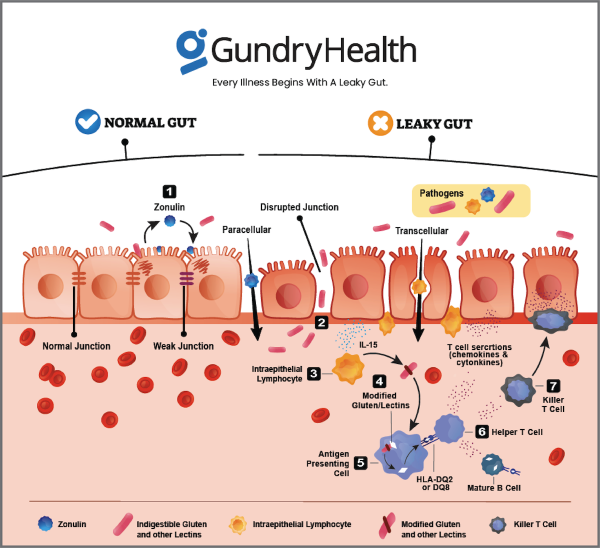Vasculitis Causes, Symptoms, and Management Strategies
Vasculitis is a group of rare diseases that cause inflammation of the blood vessels, arteries, veins, or capillaries. 1 This blog aims to shed light on this condition, its causes, symptoms, types, and how it can be managed effectively.
What is Vasculitis?
Vasculitis occurs when the body’s immune system mistakenly attacks its own blood vessels, causing inflammation and damage. This can restrict blood flow and lead to organ and tissue damage. The exact cause of vasculitis is often unknown, but it can be triggered by infections, certain medications, or other diseases like lupus and rheumatoid arthritis.
Five Types of Vasculitis
While there are several types of vasculitis, we’ll focus on five common ones:
- Giant Cell Arteritis (GCA): It affects the large arteries in the head, especially at the temples. Symptoms include headaches, jaw pain, vision problems, and scalp tenderness.
- Granulomatosis with Polyangiitis (GPA): This form affects the sinuses, lungs, and kidneys predominantly. Symptoms can include sinusitis, cough, bloody sputum, and kidney problems.
- Microscopic Polyangiitis (MPA): Primarily affecting the kidneys and lungs, MPA can cause symptoms like weight loss, fever, nerve damage, and kidney problems.
- Polyarteritis Nodosa (PAN): PAN typically affects medium-sized arteries and can cause symptoms like fatigue, weight loss, muscle and joint pain, skin rashes, and abdominal pain.
- Kawasaki Disease: This form primarily affects children and causes symptoms like fever, rash, swollen hands and feet, and red eyes.
Symptoms
The symptoms of vasculitis vary depending on the type of vasculitis and the organs involved. General symptoms of most types of vasculitis include:
- Fever
- Headache
- Fatigue
- Weight loss
- General aches and pains
Other symptoms are related to the parts of the body affected, including:
- Aching muscles and joints
- Loss of appetite
- Shortness of breath
- Dizziness or sudden hearing loss
- Digestive system issues
- Bleeding under the skin
- Weakness or numbness in the hands or feet
Diagnosis and Treatment
Diagnosis of vasculitis involves a combination of physical examination, medical history, laboratory tests, and imaging studies. Treatment usually involves medications to control the inflammation and suppress the immune system, such as corticosteroids and immunosuppressive drugs. In severe cases, surgery may be needed to repair damaged blood vessels.
Living with Vasculitis
Living with vasculitis can be challenging, but certain strategies can help improve quality of life:
- Regular exercise can help maintain cardiovascular health and overall well-being.
- A balanced diet can support overall health and boost the immune system.
- Adequate rest can help manage fatigue, a common symptom of vasculitis.
- Regular check-ups can help monitor the disease and adjust treatment plans as necessary.
As a parent or guardian of a child with vasculitis, you may have many questions about the disease and treatment options4. It is important to learn as much as possible about vasculitis to make well-informed decisions about your child’s care. Patients with vasculitis may experience fatigue, pain, and countless symptoms that take a toll on their well-being. With early diagnosis and treatment, patients can manage their symptoms and improve their quality of life.
The Future of Vasculitis Management
With advances in medical science, there’s growing optimism about the future management of vasculitis. New medications and therapies are being developed that target specific pathways in the immune system, potentially offering more effective and safer treatment options.
Conclusion
Vasculitis is a complex condition, but with early diagnosis and appropriate treatment, most people with vasculitis can lead a normal life. The key lies in understanding the disease, managing symptoms effectively, and staying positive about the future.
Get personalized care and recommendations for Vasculitis from Dr Gundry-Approved program
If you’re looking for more guidance about Vasculitis than this short list of recommendations, Dr. Gundry’s unique health program is now available to you (without needing an appointment at one of Dr. Gundry’s two, waitlist-only West Coast clinics).
Thanks to the pioneering work of Dr. Gundry and his team at Gundry Health, patient care team trained in Dr. Gundry’s unique holistic methods are now available to help you craft your own personalized Vasculitis program.
It’s easy to get started.
Simply click the link below to get more information about personalized Vasculitis treatment plan options, so you can get expert analysis, diagnostic care, and a plan for tackling Vasculitis, arthritis, or other autoimmune diseases.
Each patient care team member at Gundry Health is Board Certified and trained in Dr. Gundry’s renowned approach to functional medicine and care.
Get your personal lab data and talk to a U.S. licensed doctor. Click Here.







